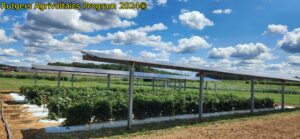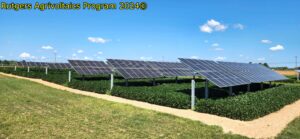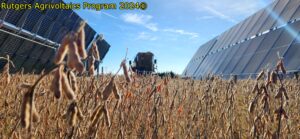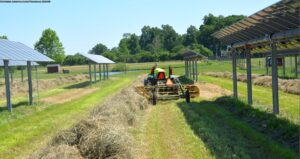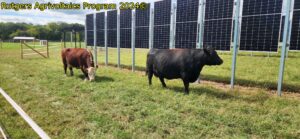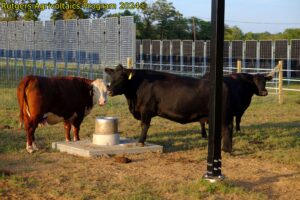Something to share with your colleagues at local fire companies, from www.morningagclips.com –
Many first responders are unaware of the various mandates surrounding farmworker housing
ONLINE — Farmworker housing poses unique challenges to rural fire departments in terms of both fire code inspections and emergency response. Furthermore, many first responders are unaware of the various mandates surrounding farmworker housing.
A free webinar, noon-1 p.m. (Central Time) on Dec. 6, will introduce firefighters, other first responders, and health and safety professionals to incident prevention and emergency response considerations, and increase understanding about farmworkers and relevant housing standards so that the agricultural community can better engage in risk mitigation and emergency pre-planning activities.
The webinar is being co-hosted by the Rural Firefighters Delivering Agricultural Safety and Health (RF-DASH) team at the National Farm Medicine Center, Marshfield Clinic Research Institute, Marshfield, Wis.; and the National Center for Farmworker Health. The webinar is free but registration is required. To register, and for more information, visit Farmworker Housing and Firefighters Webinar – RF-DASH
Speakers include:
- Casper Bendixsen, director, National Farm Medicine Center
- Bethany Alcauter, director, Research and Public Health Programs, National Center for Farmworker Health
- Aaron Andre, fire prevention coordinator, Wisconsin Department of Safety and Professional Services
- Kathryn Mueller, chief, Migrant and Seasonal Farmworker Program and Planning Section, Wisconsin Department of Workforce Development
- Dennis Dederich, chief, Vesper Volunteer Fire Department
- Jerry Minor, chief, Pittsville Fire Company
There are approximately 2.9 million agricultural workers in the United States, including seasonal and migrant farmworkers. It is estimated that nearly a third of farmworkers live in crowded housing conditions and as many as 15 percent live in employer-provided housing.
–National Farm Medicine Center



